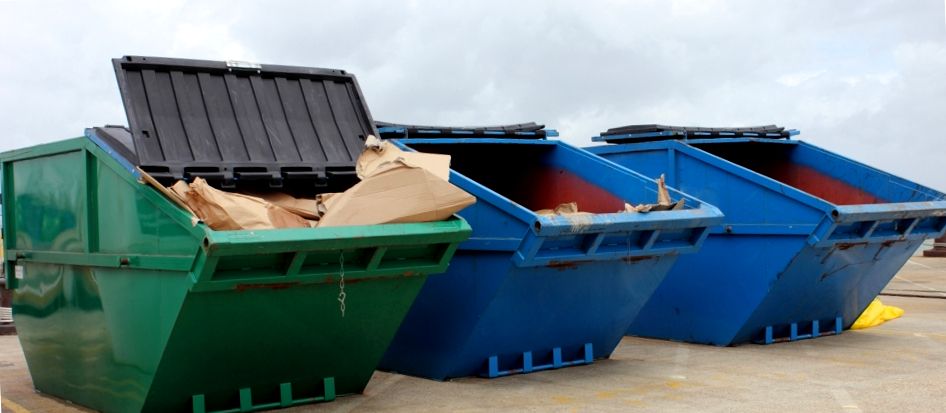
The traditional door closer mechanism hasn’t changed much since the inception of the mechanical, fluid operated, electrical-powered door closer. The first larger opening would allow faster movement (Sweep speed). The second smaller opening, close to the end of travel, was intended to slow the door during closing (slow-closing). These openings were also designed with a safety valve to close automatically should the pressure become too great. These openings have been used for over a hundred years with excellent results.
Modern Doors
Modern door closers still use the same basic mechanism. There is a housing, often made of steel or aluminum, an upper frame, and a lower frame. The upper frame closer has a door opening, and the lower frame houses the spring mechanism to close the door. The door closer assembly usually consists of two pieces, the first of which is the housing, containing the opening and the other piece containing the spring mechanism to close the door. There is usually a single arm that extends from the housing, extending from the hinge side of the door.
To begin your door closer installation you will need to remove the old opening in the door, commonly referred to as the jamb. If you are installing a door closer in a wall, first remove the studs, then the rafters, and finally the drywall if there is drywall behind the opening. After the door jamb is removed, you can access the screws that control the rotation of the door. You may need to use a flat-head screwdriver to unscrew them from the frame.
Once the screws are removed, you can access the main control unit that contains the motor, wiring, and control switches. Many door closer units come with an additional plug which allows plugging in a standard 3 pronged plug for power to the motors, and a switch to activate the doors. Most door closer units also have a control switch to set the speed of the closing, and a button for activating both speed and close. You should test your door closer to make sure it operates correctly and replace any parts that are broken as needed.
Before performing the door closer installation, you must ensure that the door fits your particular exterior doorway. For a standard application, this usually means that the door jamb must be installed straight up against the exterior wall. This allows the door closer to operate smoothly and prevent slippage. There are some edge cases where the door closer may need to be installed on an angle, but these are very rare. Typically, a standard application door closer installation only requires a standard door fit.
Once the door closer is installed, you must pre-heat the parts to ensure proper functionality and efficiency. You should place the power cord and switch in the center of the switch housing, and hook up the control switch and cord to the corresponding outlets. If your exterior door is installed in a newer home, the exterior box must also be placed into a hot area such as a brick or stone hearth. Preheating the parts will also help prevent electrical problems and avoid any ugly surprises. The door closer should be pre-heated prior to starting to install.
After the door closer is pre-heated, it should be checked to ensure it functions correctly. Check the speed of closing, the direction of the operation, and whether the closer has an option for either speed or operation. Make sure the door stops and the shutters open and close smoothly and check to ensure that there are no issues with the cables or the mechanisms themselves. It is important to test the door closer as per manufacturer’s instructions to ensure that all parts are functioning correctly.
Many door closer manufacturers offer door closer kits that include mounting hardware, screws, and manuals for easy installation. These kits come with mounting hardware, screws, and installation guides that are specifically designed for a certain type of door. Make sure that you follow the instructions carefully when installing the components. The instructions will indicate what kind of mounting hardware you need, and how much pressure is required to secure the parts. Test the installation as part of your routine maintenance, and make sure everything is working properly before installing the kits again.





